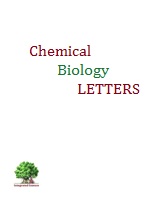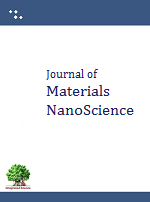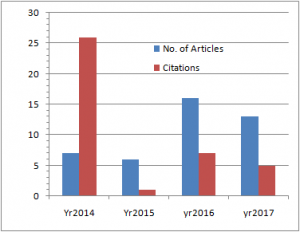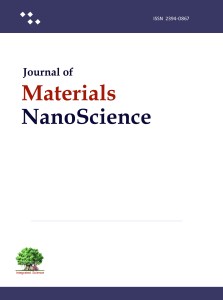It is for the information to publishing authors, academicians, researchers and associated community members that Chemical Biology Letters is now indexed in SCOPUS (an indexing and search engine from Elsevier) and in Chemical Abstract Services CAS ( a service of American Chemical Society, USA for availability in SciFinder ).
The contents from Chemical Biology Letters can be accessed in SCOPUS at www.scopus.com (search in source titles option)
and similarly the contents from Chemical Biology Letters can be searched in SciFinder program.
The Chemical Biology Letters journal site (for published contents and submission of articles) is
http://www.pubs.iscience.in/journal/index.php/cbl/
Thank you Authors ( http://www.pubs.iscience.in/journal/index.php/cbl/search/authors ), Reviewers and Editorial Board members ( http://pubs.iscience.in/journal/index.php/cbl/pages/view/editorialboard ) for continuous support to journal.





 Dr. Brijesh Rathi,
Dr. Brijesh Rathi, Carmela Saturnino
Carmela Saturnino


